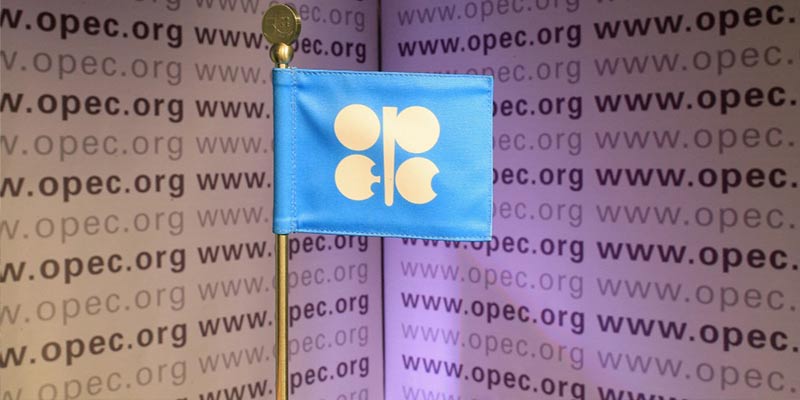- World
- Oct 06
Explainer / OPEC and OPEC+
• The OPEC+ alliance of oil-exporting countries has decided to sharply cut production to support sagging oil prices, a move that could deal the struggling global economy another blow.
• Energy ministers meeting at the Vienna headquarters of the OPEC oil cartel cut production by 2 million barrels per day starting in November at their first face-to-face meeting since the start of the COVID-19 pandemic.
• Besides a token trim in oil production last month, the major cut is an abrupt turnaround from months of restoring deep cuts made during the depths of the pandemic and could help alliance member Russia weather a looming European ban on oil imports.
• OPEC+ said the decision was based on the uncertainty that surrounds the global economic and oil market outlooks.
• The move has widened a diplomatic rift between the Saudi-backed bloc and Western nations, which worry higher energy prices will hurt the fragile global economy and hinder efforts to deprive Moscow of oil revenue following Russia’s invasion of Ukraine.
• Oil supply could face further cutbacks in coming months when a European ban on most Russian imports takes effect in December. A separate move by the US and other members of the Group of Seven (G7) wealthy democracies to impose a price cap on Russian oil could reduce supply if Russia retaliates by refusing to ship to countries and companies that observe the cap.
OPEC
• The Organisation of the Petroleum Exporting Countries (OPEC) is a permanent, intergovernmental organisation, created at the Baghdad Conference in September 1960 by Iran, Iraq, Kuwait, Saudi Arabia and Venezuela.
• OPEC’s formation occurred at a time of transition in the international economic and political landscape, with extensive decolonisation and the birth of many new independent countries in the developing world.
• The international oil market was dominated by the “Seven Sisters” multinational companies and was largely separate from that of the former Soviet Union and other centrally planned economies.
• OPEC developed its collective vision, set up its objectives and established its Secretariat. It adopted a ‘Declaratory Statement of Petroleum Policy in Member Countries’ in 1968, which emphasised the inalienable right of all countries to exercise permanent sovereignty over their natural resources in the interest of their national development.
• The statute stipulates that “any country with a substantial net export of crude petroleum, which has fundamentally similar interests to those of the member countries, may become a full member, if accepted by a majority of three-fourths of full members, including the concurring votes of all founder members”.
• Currently, the organisation has a total of 13 member countries. They are: Algeria, Angola, Congo, Equatorial Guinea, Gabon, Iran, Iraq, Kuwait, Libya, Nigeria, Saudi Arabia, UAE, Venezuela
• OPEC had its headquarters in Geneva in the first five years of its existence. This was moved to Vienna in Austria on September 1, 1965.
OPEC’s objectives are to coordinate and unify petroleum policies among member countries, in order to:
i) Secure fair and stable prices for petroleum producers.
ii) Ensure an efficient, economic and regular supply of petroleum to consuming nations.
iii) Secure a fair return on capital to those investing in the industry.
What is OPEC+?
• OPEC+ is a group of oil-producing nations, made up of the 13 members of the OPEC, and 10 other non-OPEC members.
• The non-OPEC members are: Azerbaijan, Bahrain, Brunei, Kazakhstan, Malaysia, Mexico, Oman, Russia, Sudan, South Sudan.
• The OPEC bloc is nominally led by Saudi Arabia, the group’s largest oil producer, while Russia is the biggest player among the non-OPEC countries.
• The format was born in 2017 with a deal to coordinate oil production among the countries in a bid to stabilise prices. Since then, the group has reached deals for members to voluntarily cut and ramp-up production in response to changes in global oil prices.
Manorama Yearbook app is now available on Google Play Store and iOS App Store


